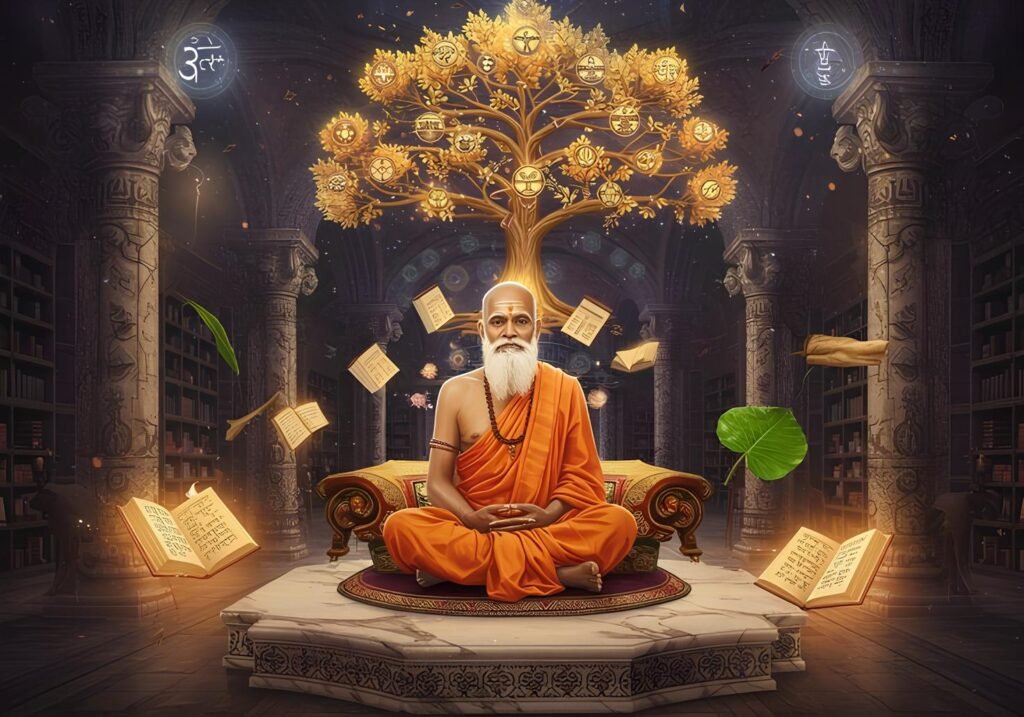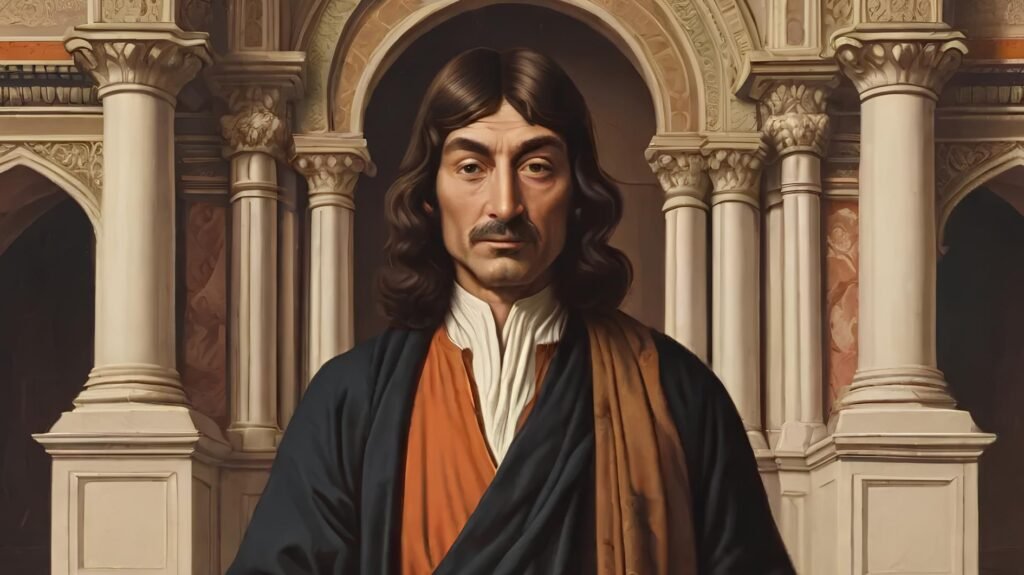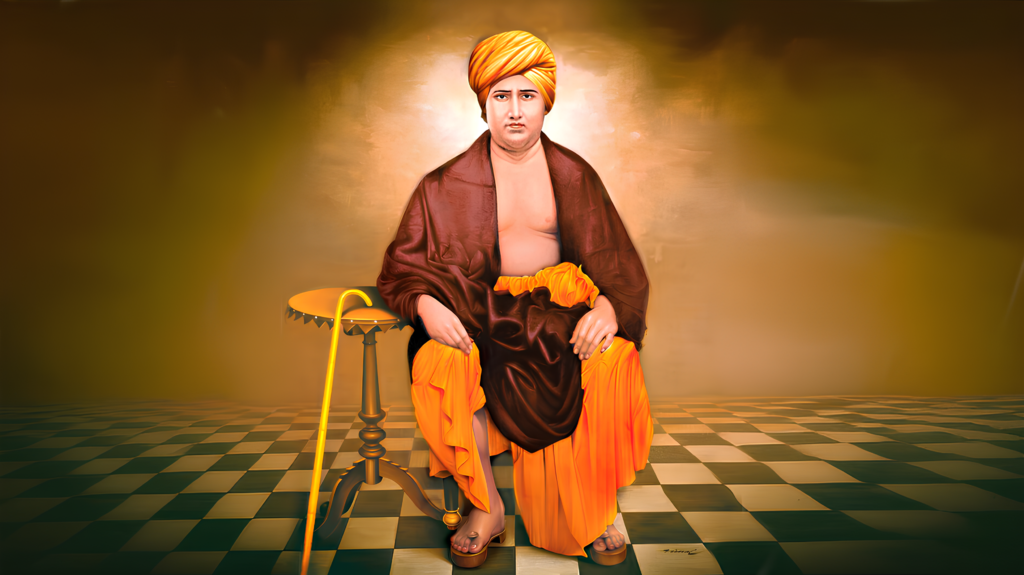What is Sankhya Philosophy?

Namaste Shikshanarthi’s
Every person in this world either wants to attain happiness or wants to get rid of the sorrows and sufferings in his life. We study, we go for jobs or businesses, we work hard to earn money for only two purposes – attainment of happiness and avoidance of sorrow. But the happiness obtained through worldly means is not permanent. We experience happiness for a short period of time and again become sad due to some different reason, hence our sages composed philosophies for attainment of permanent happiness and ultimate avoidance of sorrow.
In the Indian knowledge tradition, 6 theistic philosophies and 3 atheistic philosophies have been accepted. Nyaya, Vaisheshika, Sankhya, Yoga, Poorva Mimamsa and Uttar Mimamsa (Vedanta) – these three are called theistic philosophies. Buddhism, Jainism and Charvaka – these three are called atheistic philosophies. Here theist-atheist does not mean one who believes in God and one who does not believe because there are many theistic philosophies that do not believe in God. Here theist and atheist mean one who accepts the Vedas as prime evidence and one who does not accept the Vedas as their evidence.
25 Elements of Sankhya Philosophy
Among the philosophies, Sankhya philosophy is considered to be the most ancient philosophy. Its initiator is Kapila Muni, an incarnation of Lord Vishnu. According to Sankhya philosophy, there are mainly two elements – Purusha and Prakriti. The other elements are distortions of Prakriti itself.
मूलप्रकृतिरविकृतिर्महदाद्याः प्रकृतिविकृतयः सप्त ।
षोडशकस्तु विकारो न प्रकृतिर्न विकृतिः पुरुषः ॥
Those 25 elements are as follows –
- Prakriti – 1
- Mahat (intelligence) – 1
- Ahankar (pride) – 1
- The five primary elements (form, taste, smell, touch and sound) – 5
- The five senses (eyes, nose, tongue, ears and skin) – 5
- The five senses of action (speech, feet, hands, urine gate and fecal gate) – 5
- Mind – 1
- The five great elements (earth, water, fire, air and ether/space) – 5
- Purusha – 1
Total elements – 1+1+1+5+5+5+1+5+1 = 25
There are two schools of thought regarding God in Sankhya philosophy – Seshwarvaadi Dhara (the theistic school) and Nirishwarvaadi Dhara (the atheist school). Acharya Vijnanabhikshu, the famous commentator of Sankhya Sutra, oriented the atheistic stream of Samkhya towards theism.
Three types of suffering
Three types of sufferings have been discussed in Sankhya Shastra – adhyatmik, adhibhautik and adhidaivik.
दुःखत्रयाभिघाताज्जिज्ञासा तदभिघातके हेतौ ।
…………..…. श्रेयान् व्यक्ताव्यक्तज्ञविज्ञानात् ॥
- Adhyatmik suffering– The sorrows related to the soul or the mind are called spiritual sorrows. Example – lust, anger, fear, jealousy etc. The sorrows caused by separation from a loved one and association with an unloved person are also called adhyatmik sorrows.
- Adhibhautik (physical) suffering– Attack by a human being, attack by wild animal like lion, bear, snake bite etc. all these come under physical suffering.
- Adhidaivik (supernatural) suffering– Sufferings caused by earthquake, flood, lightning, ghosts etc. are all called supernatural sufferings.
All living beings experience these three types of sorrows in their lives. It is not possible to completely eradicate these sorrows by any worldly means. If you fall ill, you will get well by taking medicine but there is no guarantee that you will not suffer from that disease or any other disease again. Similarly, any natural disaster can occur at any time and we may be harmed – it is not possible to prevent all this by worldly means. According to Sankhya Shastra, it is possible to completely eradicate these three types of sorrows. How? By the discrimination between Purusha and Prakriti. It means that Purusha i.e. pure soul is different and Prakriti is different, when this discrimination – this knowledge – this realization arises, then the living being becomes free from all these sorrows forever.
Three qualities of Prakriti
त्रिगुणमविवेकि विषयः सामान्यमचेतनं प्रसवधर्मि ।
व्यक्तं तथा प्रधानं तद्विपरीतस्तथा च पुमान् ॥
In Sankhya Shastra, three Gunas are considered – Sattva, Rajas and Tamas. When these three Gunas are in a balanced state, it is known as Prakriti. These three Gunas are present in every living being, in all of us and their effect keeps on increasing or decreasing. Sometimes Sattva is more, sometimes Rajas or sometimes Tamas.
Sattva, Rajas, Tamas
Nature of the three qualities
प्रीत्यप्रीतिविषादात्मकाः ……………….…।
Sattva, Rajas, Tamas are happiness, sorrow and attachment respectively. With the excess of Sattva Guna, we experience happiness. With the excess of Rajo Guna, we experience sorrow and with the excess of Tamo Guna, we experience attachment i.e. sadness which is also called feeling low.
The work of the three Gunas
………………………. प्रकाशप्रवृत्तिनियमार्थाः ।
The function of Sattva Guna is to enlighten the intellect and knowledge. Our knowledge is revealed only due to the abundance of Sattva Guna. Rajo Guna inspires us to do various types of activities and Tamo Guna regulates us, that is, neither do we get involved in any work related to knowledge nor in activities like playing, going out etc. Tamo Guna keeps us tied.
Characteristics of the three Gunas
सत्त्वं लघु प्रकाशकमिष्टमुपष्टम्भकं चलं च रजः ।
गुरु वरणकमेव तमः प्रदीपवच्चार्थतो वृत्तिः ॥
Sattva Guna makes us feel light. Feeling light hearted is the function of Sattva Guna. Rajo Guna is restless, stimulating, there is a desire to do something or the other. Tamo Guna is heavy. The burden experienced after committing sinful acts is implied here. Heaviness of heart occurs only due to excess of Tamo Guna. Mental problems like not talking to anyone, staying alone, depression etc. occur only due to the increase of Tamo Guna. Tamo Guna is also an obstacle to knowledge. Therefore, when Tamo Guna increases,we feel loss of mind and are disinterested in gaining knowledge. On the other hand, due to excess Sattva in the morning, our mind easily gets involved in studies and knowledge related work.
The essence of the three Gunas
- When Sattva Guna dominates, a person feels light, happy and joyful.
- When Rajo Guna becomes dominant, the person experiences restlessness and mobility.
- When Tamo Guna becomes dominant, there is no desire to do any work, there is laziness in the body, one is inclined towards sleeping etc.
These three Gunas are opposed to each other, yet there is great coordination between them. It’s similar to lamp – just like oil, wick and fire are opposed to each other (fire can burn the wick, wick can soak the oil, oil can extinguish the fire), but these three together accomplish the task of light. In the same way, Sattva, Rajas and Tamo Gunas together accomplish the task of creation.
The root cause of creation is the unmanifest Mool-Prakriti in which the qualities of Sattva, Rajas and Tamas exist, with the cooperation of these qualities the Mool-Prakriti remains constantly active.
Relation between Prakriti and Purusha
पुरुषस्य दर्शनार्थं कैवल्यार्थं तथा प्रधानस्य ।
पङ्ग्वन्धवदुभयोरपि संयोगस्तत्कृतः सर्गः ॥
In Sankhya philosophy, the pure soul is called Purusha and it is not one but many. Purusha is devoid of Sattva, Rajas and Tamo Gunas, hence he is not the doer, the feeling of doership in him is just an illusion. Purusha is the only conscious being, all others are unconscious. It is because of the association of Purusha that the inanimate Prakriti appears to be conscious. The relationship between Purusha and Prakriti is like that of a blind and a lame person. The blind cannot see and the lame cannot walk, hence the lame person climbs on the shoulders of the blind person and shows him the way and the blind person walks on that path, thus the work of both is accomplished.
For the exhibition of Prakriti to the Purusha and for the Kaivalya (emancipation) of the Purusha there is a conjunction between Purusha and Prakriti like the union between the lame and the blind, from this conjunction proceeds creation.
Two main purposes of the union of Purusha and Prakriti –
1. Exhibition of Prakriti
2. Kaivalya of Purusha
In Sankhya philosophy, salvation is the discrimination between Purusha and Prakriti. Purusha is different and Prakriti is different, Purusha is conscious and Prakriti is inert – this Viveka (realization) leads to Kaivalya.


